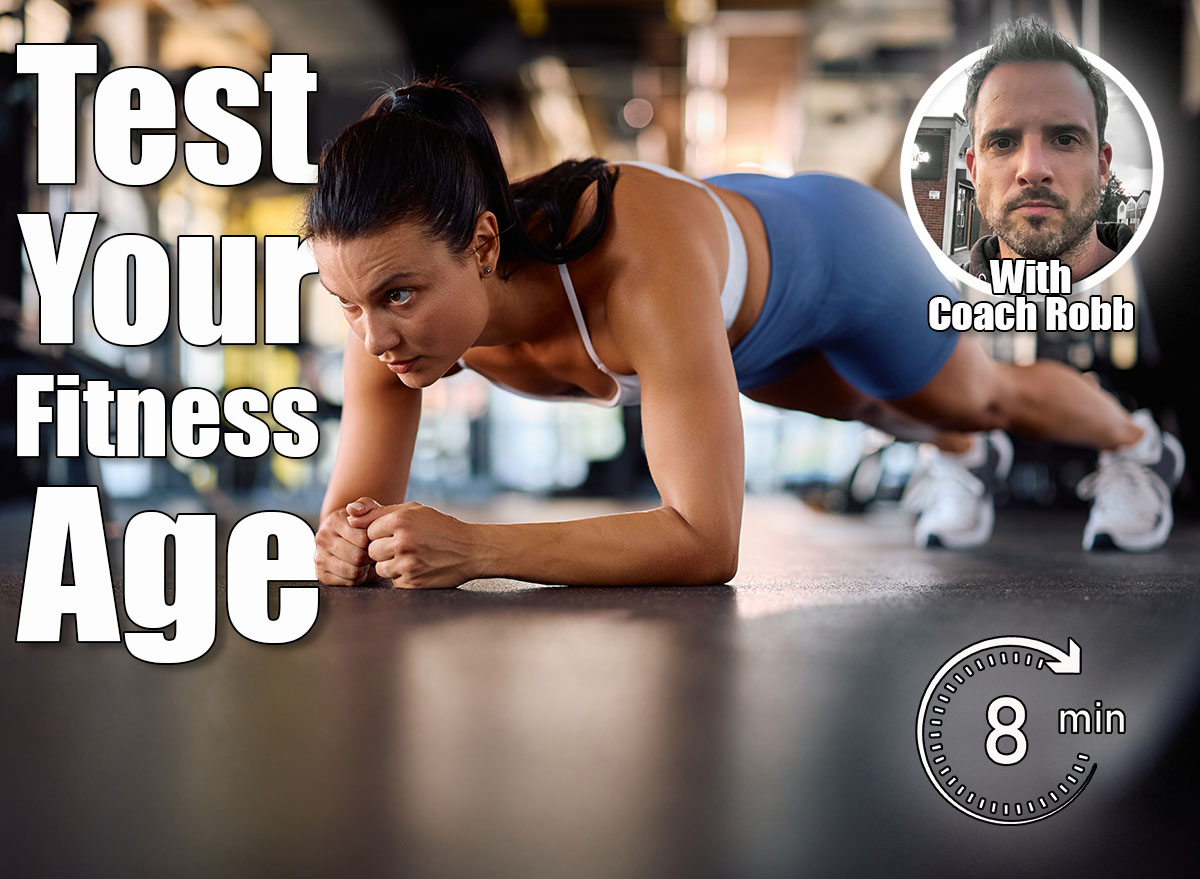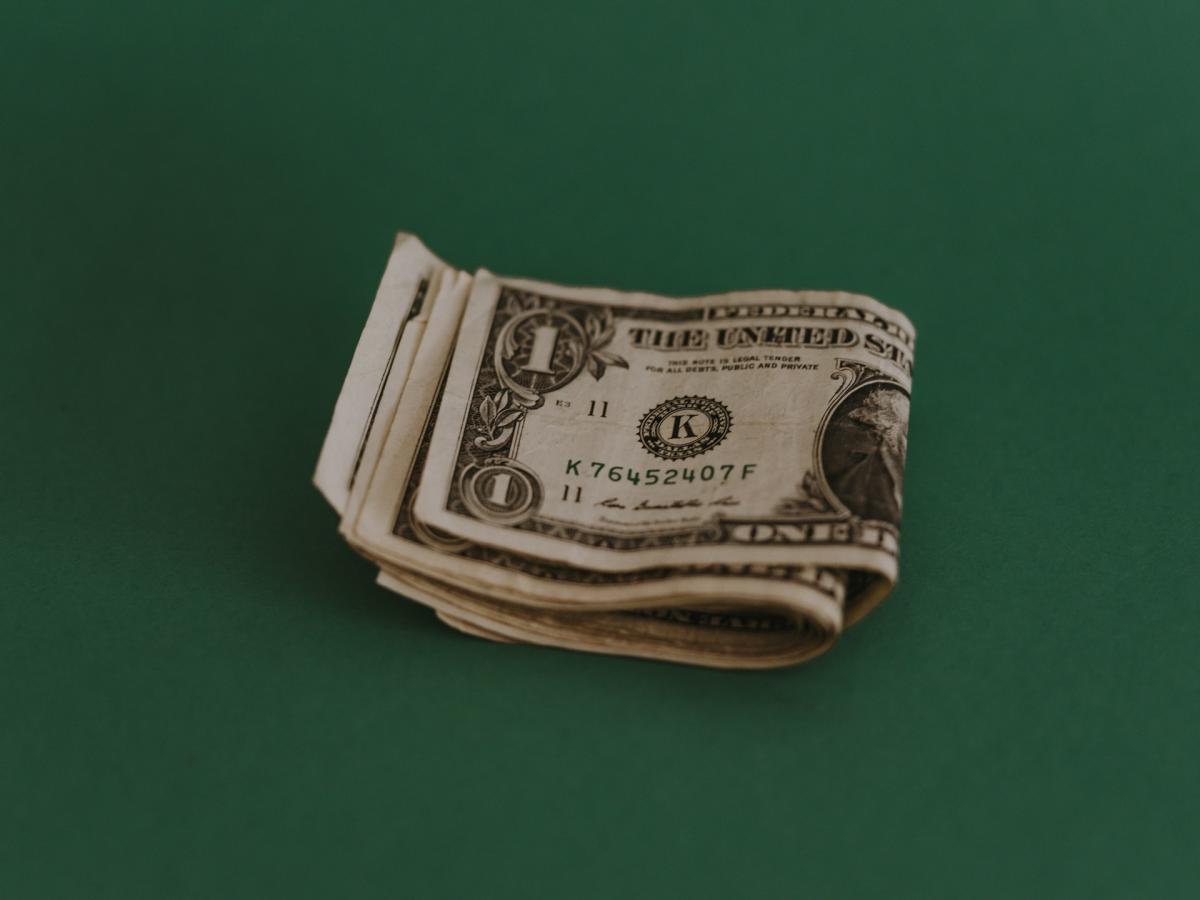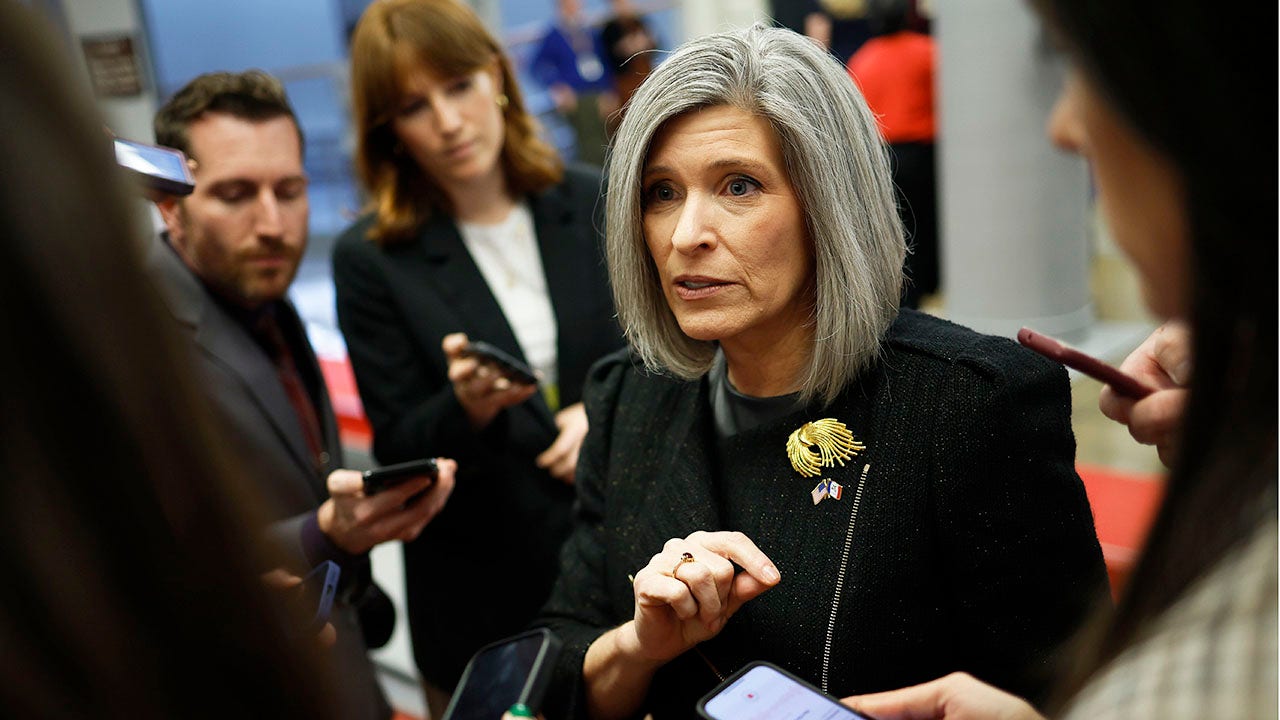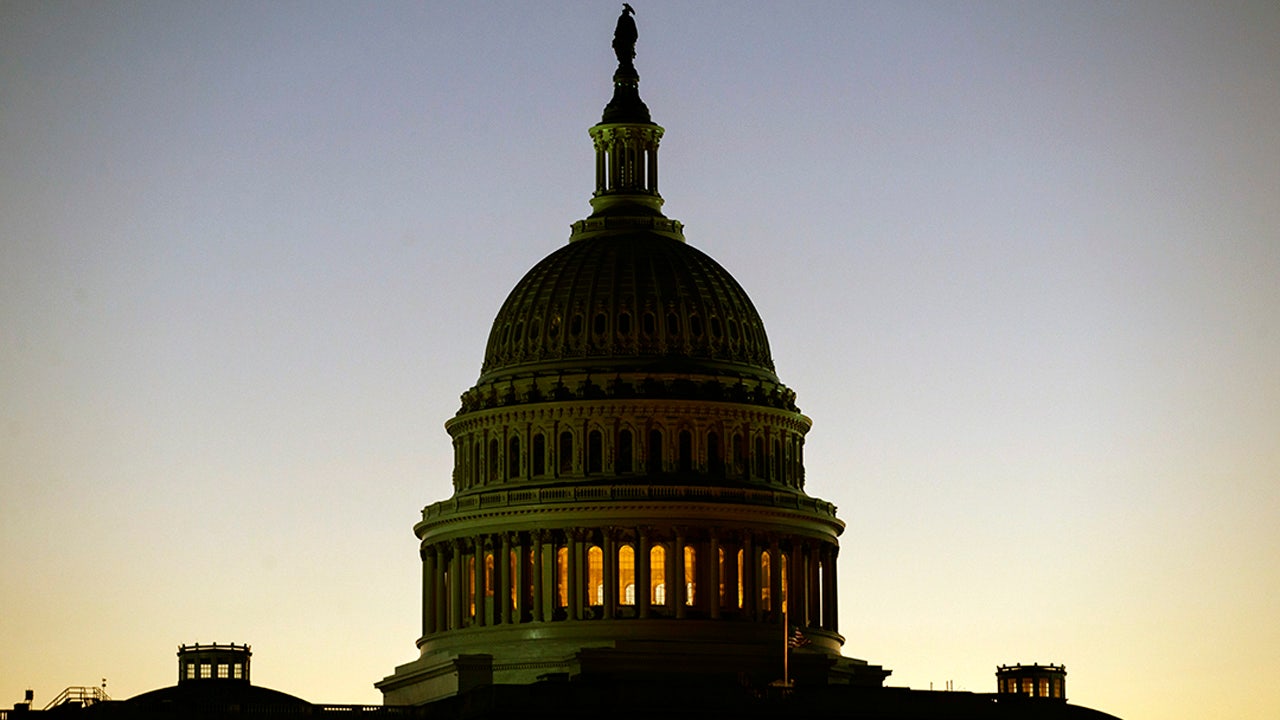Fitness
How David Chua transforms from chunky to hunky

The Good Will lead star David Chua recently delighted his fans on Instagram with photos of him shirtless taken in nearby waters by renowned photographer and filmmaker David Fabros.
The post showed in full display David’s well-built body, the product of his arduous training, discipline, and healthy lifestyle.
Interestingly, David revealed he suffered the awkward stage of being heavy rounded as a kid and being made fun of because of it.
He related, “Believe it or not, I looked chunky as a kid.
“I was teased and bullied in school, and it was only during my second year in high school that I started trimming down.
“I was born an endomorph, which meant that my body type was predisposed to having more fat, and that made it harder for me to build muscle.
“But with the help of some people, plus my own research, I found a formula that worked for me.”
Proud of his accomplishment physically, he was more than happy to share with others his discoveries about keeping fitn.
David said, “I realized that the better way to get lean and ripped is to concentrate more on core exercises, cardio workouts and high-rep weight training exercises.
CONTINUE READING BELOW ↓
“Believe me, it took me years of trial and error to achieve this.
“And it’s not just about exercise, but more about striking a balance in what I call my ‘fitness triangle,’ which aims to strike a balance between exercise, diet and rest.”
DAVID’S WORKOUT AND DIET ROUTINE
For his celebrity fitness inspiration, the chinito hunk named Tom Cruise, amazed that the aging actor has maintained his lean and muscular physique throughout the years.
David gushed, “It’s amazing how Tom Cruise, even in his fifties, looks pretty much the same.
“He’s not that big, and yet, when he takes his shirt off, you can see that he’s still pretty ripped, and I want to aim for that.”
From there, David has developed a fitness routine that best suited his goals and aspirations.
His typical workweek usually consists of abdominal workout and high-repetition weight training and combining these with cardio-intensive exercises such as running, boxing, swimming, and biking.
But being being a total foodie, David confessed to being a bit more indulgent with his food choices.
“Before, I used to be strict with my diet, especially when I was into bodybuilding when I used to gorge on those ‘walang lasa’ foods.
“But I realized that that wasn’t for me. Thankfully, my body type adapts well regardless of what I eat, but fish remains my favorite, especially pampano.”
He added, “I also do intermittent fasting.”
Intermittent fasting is a popular health and fitness trend that involves restricting food intake to specific hours of the day.
David said he had tried adopting a vegan diet; he was aware of its potential benefits, but he could only take so much of it.
“I support the cause, but it’s hard to be that picky with food, especially when you’re constantly traveling.
“Sometimes I do it for a week, but I think mas kaya ko yung pescetarian diet.”

DAVID CHUA’S SUMMER ACHIEVEMENTS
This summer, on top of his other accomplishments in the fitness department, David has been particularly thrilled about his newly acquired PADI (Professional Association of Diving Instructors) license.
He beamed, “I just earned my license for PADI diving, and I want to do more scuba diving and explore underwater more.”
A passionate scuba diver, David has declared Palawan to be his ultimate summer getaway.
“Palawan is paradise. I have so many great memories of the place, plus the underwater attractions, the sea turtles, the sunken ship.
“There’s just so much to explore when you go diving there.”
Recently, David has traded his long K-Pop-inspired hairstyle with trimmer locks, much to the surprise of his fans.
He explained, “I’ve always loved wearing my hair long, but some well-meaning friends advised me to cut my hair ‘coz they say I look older with long hair.
“And because of Good Will, my ongoing TV show, I have to look like a good boy and exude that youngish vibe.”
Speaking of Good Will, what’s in store for the NET25 comedy series now gearing up for its second season by the end of the month?
David enthused, “There will be a lot of new characters, quite a lot of big names and superstars doing guesting or cameo roles.
“We’ll also be highlighting the Good Will cast individually, meaning, viewers will get to know more about their back stories, sila Devon, Kat, Raymond.
“With the help of our new batch of writers, we’re more confident that we’ll have more to offer our regular viewers and followers.”
READ MORE:
HOT STORIES

Fitness
Donald Trump Fitness: Can His Golf Workouts Replace the Gym? Explore Trump’s Golf Exercise Routine and Health Benefits
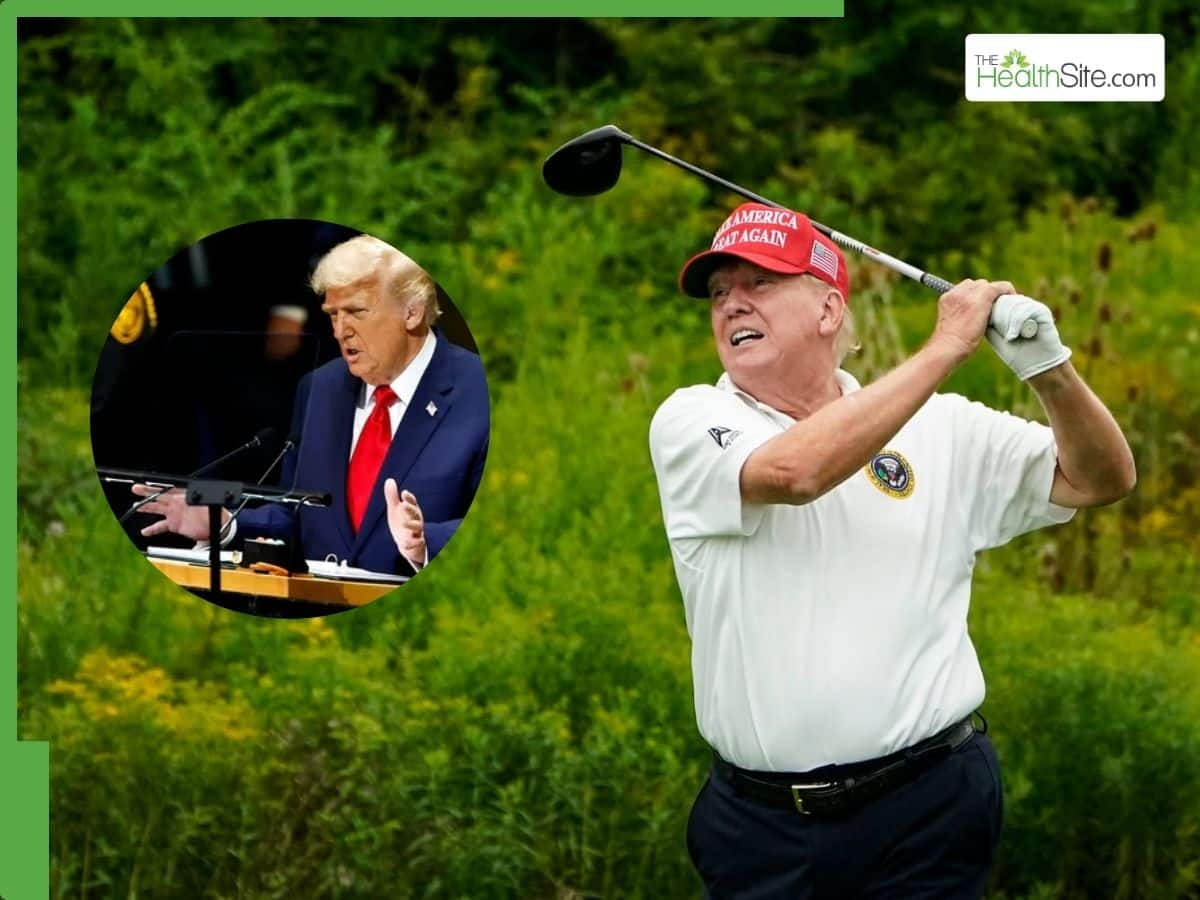
Donald Trump’s fitness routine centres around golf, not the gym. Let’s know how his golf workouts burn calories, improve health, and whether golf can truly replace traditional exercise.
When you consider Donald Trump, you probably don’t think of fitness. Yet, one thing that he always swears by is golf. Beyond being a hobby, Trump uses golf in his leisure a great deal, as a way to stay active, socialise, and keep his body in motion. But here’s the big question: Can Trump’s Golf Workouts Replace the Gyms? Let’s explore his regimen and discover the unexpected health benefits of golf as a form of exercise.
Does Donald Trump Work Out At The Gym?
Unlike several celebrities or political figures who are stuck to a gym regimen, Donald Trump is not known for pumping iron or running on treadmills. Instead, it is his fitness in playing golf that comes first. Trump is said to spend hours of his day at the golf course, walking around, swinging and being active while he is managing both business and leisure conversation. While it may not sound like a real workout, golf requires you to move around, control your posture and your coordination all the time, making it a low-impact exercise for burning calories.
How Many Calories Does Playing Golf Burn?
Yes, and here’s why. On average:
- Walking 18 holes may cover 4 – 6 miles.
- The number of calories burned by carrying clubs or pushing a cart is 600-1,000 calories per round.
- A golf cart even allows golf players to burn up to 300-450 calories because of swinging, short walks, and postural control.
And when you’re an early riser, a workaholic and a frequent visitor to the course, as Donald Trump is, that calorie burn adds up, making golf something of a fitness powerhouse.
Health Benefits Of Trump’s Golf Routines
People grossly underestimate golf, but Trump’s steady play grants him some wrist flexing fitness advantages:
1. Improves Heart Health
Walking the course and swinging regularly provides greater blood circulation and makes the cardiovascular system stronger.
2. Increases Flexibility and Balance
The golf swing to develop: Spine, shoulders, hips, and core. After a certain period of time, repeating the same movements helps your body gain flexibility and balance.
3. Improves Muscles Without Heavy Lifting
While not weight training, swinging a golf club develops arms and shoulders and core muscles.
4. Reduces Stress
Golf is an outdoor game, and it is played in often lush and calm surroundings. For Trump, it’s also a break from the pressures of politics and business, mentally.
5. Promotes Longevity
Studies show that golfers live longer on average due to the combination of moderate physical activity and the provision of relief.
Can Golf Replace The Gym?
This is where opinion becomes polarised. For Donald Trump, golf might be sufficient to get a workout, but for most people, the gym allows for targeted exercises on strength training and cardio intensity which golf simply cannot match. However, golf is an excellent option for those who hate gyms but still desire a regular workout. The combination of walking, swinging, and being outdoors means that this is an effective low-impact workout.
Golf Smart: Maximise Your Workout
If you want to follow in Trump’s footsteps-but maximise the amount of fitness benefits you are getting-try these:
- Use your feet to walk the course rather than use a cart.
- Carry or use a push cart for your own clubs.
- Always warm up before playing by stretching.
- Galea does weight exercises, such as squats or push-ups, after golf to try to balance with force.
While Donald Trump is not known for lifting heavy weights or running marathons, his golf workouts keep him active and in shape in a sustainable way that is both fun and engaging. While a game of golf cannot completely take the place of a workout in the gym, it proves that fitness doesn’t always need to come from traditional workouts.
Don’t Miss Out on the Latest Updates.
Subscribe to Our Newsletter Today!
Fitness
Michael Chiklis Had to Get in Football Shape Well After 50. Here’s How He Did It.

MICHAEL CHIKLIS HAS played tough cops in shows like The Shield and a granite-strong superhero in The Fantastic Four, but the most difficult physical challenge the actor has faced over a long career might just have been playing a regular, real-life guy. That regular guy did something remarkable, however—Chiklis’s most recent film, The Senior, is about 59-year-old Mike Flynt, who suited up for college football as the oldest player in the NCAA.
Stepping into the shoes of this character wasn’t a stretch for Chiklis, who is now 62—he says he was the captain of his football team in high school, so he has the background—but getting in shape for the film well after 50 was a trial. The actor did “about 90 percent” of the football action on screen, so he needed to be able to do more than just look the part. He had to be able to move, too.
How did he do it? A dedicated strength and conditioning plan (and plenty of focused warm-up and mobility). Chiklis stacked up full-body training sessions to prep his body to get into football shape. He did more than just gym training, however; Chiklis says he would often spent 40 minutes in the pool jogging and walked 10,000 steps to raise up his general activity levels.
Chiklis says that overall, the most important part of his training was preventing injury. His priorities are being healthy and strong—both for his career, and for the stage he’s at in life. “If you’re an older person and you’re interested in keeping your body strong and being fit, then listen to yourself,” he says. “Don’t get pulled into the whole machismo crap.”
Check out Chiklis’s breakdown of his routine here.
Michael Chiklis’s The Senior Workout
Lower Body Exercises
Reps or 45 seconds per exercise
Suitcase Squat
Dumbbell Romanian Deadlift
Dumbbell Lateral Lunge
Dumbbell Goblet Squat
Push and Pull Movements
4 rounds of 30 to 40 second intervals
Pushups
Dumbbell Floor Press
Dumbbell Row Variations
Arm and Shoulder Circuit
4 sets of 45 seconds per exercise
Dumbbell Curls
Arnold Press
Triceps Kickbacks
Want more celebrity workout routines? Check out all of our Train Like videos.
Brett Williams, NASM-CPT, PES, a senior editor at Men’s Health, is a certified trainer and former pro football player and tech reporter. You can find his work elsewhere at Mashable, Thrillist, and other outlets.
Fitness
How Many Days a Week Should You Do HIIT? A Trainer Weighs In

For some people trying to lose weight, they might find that they’ve plateaued and wonder if there is anything they can add to their workout routine to jumpstart their metabolism. Enjoying a high-intensity interval training (HIIT) workout a handful of days per week can be just the thing that works.
“If you’re looking to be more explosive, athletic or build muscle, HIIT workouts are best suited to help you do that,” Rafique “Flex” Cabral previously told TODAY.com.
Trainer Tip of the Day: HIIT Workouts 3 Days a Week Boosts Metabolism
A HIIT workout focuses on brief moments of super-intense activity with rest periods sprinkled between the exercise. While the high energy exertion occurs in quick bursts — often 30 to 45 seconds, with rest in between — it demands more of the muscles. This type of exercise builds and maintains lean muscle mass, which can help with weight loss.
“Maintaining a routine that involves HIIT training three to four times a week will help compound that post-workout effect on your metabolism,” Cabral said.
HIIT sparks something called excess post-exercise oxygen consumption (EPOC), which enables people to burn calories even after their workout ends. The American Council on Exercise says that HIIT works best for kickstarting EPOC.
“You will produce an after-burn effects with 25% more calories burned post-workout compared to going for a walk or a run,” Lisa Reed, a performance coach and owner of Lisa Reed Fitness, previously told TODAY.com.
Why It Matters
HIIT’s impact on people’s metabolism lingers for some time — Reed estimates it bolsters metabolism up to 10% for three days after a workout.
Having lean muscle mass helps with weight loss but also promotes healthy aging. People with more lean muscle are less likely to experience falls and engage in their daily activities with ease.
How to Get Started
Dedicating even 20 minutes three times a week to a HIIT workout can lead to boosted metabolism and weight loss. Workouts can be customized to exercise preference and the equipment people have handy.
“You can also keep things interesting by switching up the sequence or swapping out different exercises from strength to high-intensity movement,” Reed says. “HIIT workouts are an excellent way to increase your workout intensity in a short amount of time — 20 minutes or less.”
TODAY’s Expert Tip of the Day series is all about simple strategies to make life a little easier. Every Monday through Friday, different qualified experts share their best advice on diet, fitness, heart health, mental wellness and more.
-

 Finance1 week ago
Finance1 week agoReimagining Finance: Derek Kudsee on Coda’s AI-Powered Future
-

 World1 week ago
World1 week agoSyria’s new president takes center stage at UNGA as concerns linger over terrorist past
-

 Technology1 week ago
Technology1 week agoThese earbuds include a tiny wired microphone you can hold
-
North Dakota1 week ago
Board approves Brent Sanford as new ‘commissioner’ of North Dakota University System
-

 Culture1 week ago
Culture1 week agoTest Your Memory of These Classic Books for Young Readers
-

 Crypto1 week ago
Crypto1 week agoTexas brothers charged in cryptocurrency kidnapping, robbery in MN
-

 Crypto1 week ago
Crypto1 week agoEU Enforcers Arrest 5 Over €100M Cryptocurrency Scam – Law360
-

 Rhode Island1 week ago
Rhode Island1 week agoThe Ocean State’s Bond With Robert Redford
